how to connect 2 ground wires in light with no source ground wire
Cindy Blum
3 years ago
Featured Answer
Sort by:Oldest
Comments (7)
mtvhike
3 years agodennisgli
3 years agoRelated Discussions
homemade cages -how long should the wires going in the ground be?
Comments (7)I have found that the best way to secure your CRW tomato cages (can be the cheapest too) is to buy or find some old pieces of 1/2 or 3/4 metal pipe or tubing. I like 10-12 foot pieces. First I cut off the bottom rung of the cages to stick them in the ground. Then run the pipe through the cages, about 3/4 the way off the ground. Then at the ends of the pipe and somewhere in the middle, drive a steel "T" post. You can use strong zip ties or cable ties to attach the pipe to the "T" posts. Also, I attach the pipe to the cage where it runs through. After the tomatoes get big, the pipe is hidden. My girls also like to swing from them! Of course this method only works if you plant your tomatoes in a row. It is very strong. Three years ago, we had a very small tornado pass by our house in May. The tomatos were small, but the cages did not move. To bad the shingles were a different story! If you have a hard time finding pipe, don't buy new stuff unless you have extra money. Go to a salvage yard/recycling center/scrap yard and ask if they have any pipe. I have a salvage place that will sell it to dirt cheap. You could also check on Freecycle or Craigslist. Good Luck....See MoreGround wire on hanging light fixture
Comments (3)They need to install a new ground wire from the fixture's bonding point to the box. If you HAVE a 3-wire nranch circuit (hot-neutral-ground) the fixture should be grounded by attaching to the grounded box or the ground wire itself. If you have an older circuit that is 2-wire (hot-neutral) it is not really going to make any difference though, you do not have a ground anyway. Note that some wiring methods (AC cable, metal conduit) use the armor or conduit as the ground connection and not a separate wire....See Moreground wire light switch
Comments (3)Machine screw crew threads when torqued correctly are gas tight. The problem is the clamping action produced by the box fastening from one box to another is NOT gas tight unless you use a lock washer under the screw head fastening the boxes together. The screw is reliably grounded by the machine threads, the screw head by conduction to the threads, but the contact from the tab of the next box under the screw head is not as good. Luckily there is a lot of area, and the connection remains low enough impedance to do the job at 120 V. In a dry interior wall location the grounding to the zinc plated box remains good. Excessive dampness over many years can cause enough corrosion of the box surface the gangs do not remain well bonded. I have seen enough of these in bathrooms (especially) and in damp outdoor locations (porch ceilings and protected porch walls not requiring wet treatment) over the years to now pigtail the boxes together and not rely solely on the clamp screws. When a digital meter says open, it really means open. It is just one more pigtail per section for ganged boxes in damp locations. Dry interior locations, I just rely on the ganging screws. This post was edited by brickeyee on Thu, Apr 18, 13 at 13:03...See Morelight switch with no place to put ground wire
Comments (4)The ground wire from the source was wrapped around the ground wires from the lights and they were left loose in the box. Left loose? Without a wirenut on them? Wires should never be 'left loose'. All ground wires from all cables should be connected together under a wirenut and one pigtail should go to the metal box and another pigtail should go to the switch (if it has a ground screw). Basically, everything should be grounded securely....See MoreBruce in Northern Virginia
3 years agoCindy Blum
3 years agoCindy Blum
3 years agomtvhike
3 years ago
Related Stories

MORE ROOMSHome Tech: Getting Rid of Wires Without Sacrificing Sound
Wireless home technology still isn't perfect, but new products are giving audiophiles choices
Full Story
GREEN BUILDINGThe Big Freeze: Inventors Break New Ground to Keep Things Cool
Old-fashioned fridges can be energy guzzlers, but there are more eco-friendly ways of keeping food fresh, as these global innovations show
Full Story
LANDSCAPE DESIGNSee 10 Elegant Ways With Stone and Wire
The gabion, a former utilitarian landscape feature, gets star treatment in modern-day landscapes
Full Story
LANDSCAPE DESIGNHow Grading Shapes the Ground and Manages Stormwater
Understand how an overall grading plan provides a framework for a great landscape design
Full Story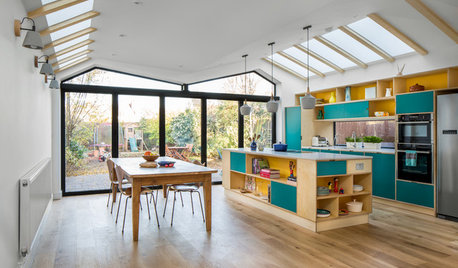
KITCHEN MAKEOVERSOpen-Plan Kitchen Gains Light and a Connection to Nature
A bright and colorful London addition replaces a ‘falling apart’ sunroom, a kitchen and a living room
Full Story
TASTEMAKERSWomen Who Are Changing the World From the Ground Up
A new book, ‘The Earth in Her Hands,’ profiles 75 inspiring women who work with plants. Read about 10 of them here
Full Story
ARCHITECTUREStilt Houses: 10 Reasons to Get Your House Off the Ground
Here are 10 homes that raise the stakes, plus advice on when you might want to do the same
Full Story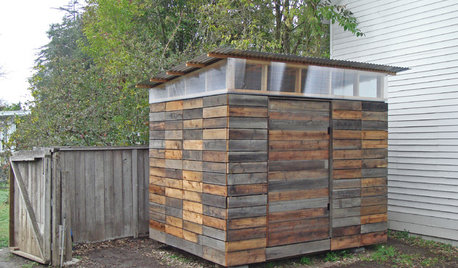
STORAGE2 Weeks + $2,000 = 1 Savvy Storage Shed
This homeowner took backyard storage and modern style into his own hands, building a shed with reclaimed redwood and ingenuity
Full Story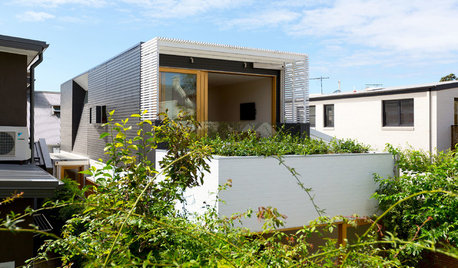
MODERN HOMESHouzz Tour: Seeing the Light in a Sydney Terrace House
A narrow row house gains lots of interior sunshine and a connection to the outdoors without sacrificing privacy
Full Story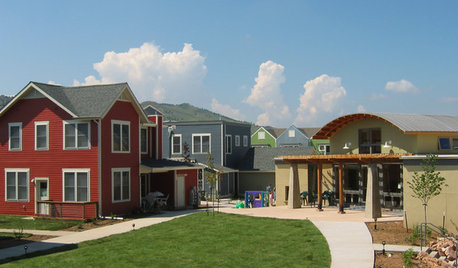
COMMUNITYTogetherness Take 2: Is a Cohousing Community for You?
Missing that sense of connection? Consider the new breed of neighborhood with a communal bent
Full StorySponsored



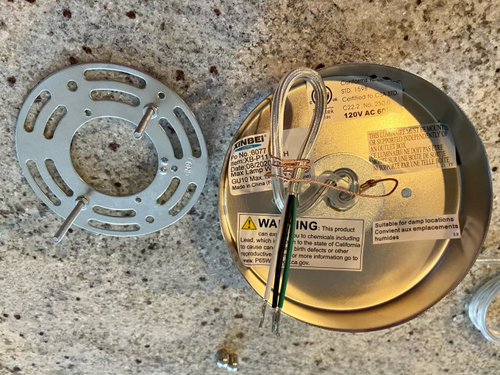

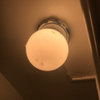

HALLETT & Co.